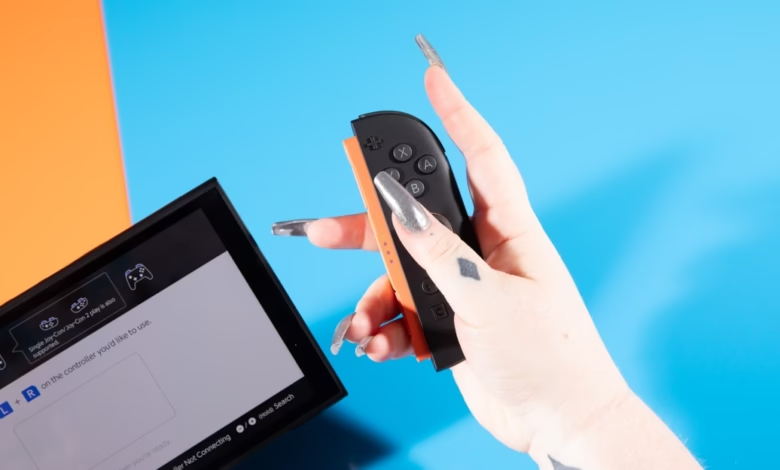Nintendo Switch 2: Addressing Key Accessibility Concerns

▼ Summary
– The Nintendo Switch 2 introduces a more holistic approach to accessibility, including system-level features, though details were scarce before launch.
– Setup is intuitive for most users, but accessibility features like text-to-speech are unavailable during setup, posing barriers for blind players.
– Switch 2 supports original Switch controllers and the Hori Flex adaptive controller, but third-party controllers face connectivity issues.
– Text-to-speech functionality is inconsistent, with delays and missing support in the eShop, though speed customization is available.
– While system-level control remapping is possible, first-party games like Mario Kart World lack in-game remapping options, limiting convenience.
The Nintendo Switch 2 marks a notable step forward in accessibility, addressing long-standing concerns while leaving room for improvement. Early impressions reveal a console that prioritizes inclusivity more than its predecessor, though some oversights remain. While Nintendo hasn’t been vocal about these advancements, hands-on experience highlights meaningful upgrades alongside a few persistent hurdles.
Setup proves intuitive for most, though blind players may face initial barriers. The process is streamlined and user-friendly, a relief for those who struggle with complex configurations. However, accessibility features like text-to-speech aren’t available during setup, forcing blind users to rely on sighted assistance, an avoidable limitation.
Controller compatibility is a win, with older Switch peripherals still supported. The new Joy-Con 2 offers a better grip, though its square design may still cause discomfort for some. Original Pro Controllers and third-party options like the Hori Flex adaptive controller work seamlessly, though connectivity issues with brands like 8BitDo linger. A USB-A to USB-C adapter is necessary for tabletop mode with the Hori Flex, a minor but notable inconvenience.
Keyboard support enhances accessibility for text input. Plugging in a USB keyboard bypasses the on-screen option, a boon for users who find touch-based typing cumbersome. This functionality extends to setup, eliminating a common pain point.
Text-to-speech performance is solid but inconsistent. Estimates place the speed between 120–130 words per minute for US English, with adjustable settings ranging from 50% to 300% speed. Blind players operating at higher speeds will appreciate the flexibility, though delays in menu narration and unannounced toggles can disrupt the experience. Notably, the eShop lacks text-to-speech support, a glaring omission given its importance post-setup.
Audio customization remains limited. While mono audio is available for hard-of-hearing players, broader balance adjustments are absent at the system level.
GameChat’s speech-to-text doesn’t censor swearing, ensuring unfiltered communication, a small but meaningful win for deaf players. Transcription isn’t flawless, but the lack of arbitrary censorship is a step in the right direction.
System-level button remapping is a standout feature. Players can reconfigure inputs for any controller, including individual Joy-Cons, with quick-menu access for on-the-fly adjustments. Unfortunately, first-party titles like Mario Kart World lack in-game remapping, forcing users to rely on system settings, a less intuitive workaround.
Nintendo’s progress in accessibility is undeniable, yet its silence is puzzling. The Switch 2 introduces thoughtful improvements, but the company’s reluctance to highlight them suggests either hesitation or unfinished refinements. Clear communication before launch would have empowered players to make informed decisions and prepare necessary accommodations.
While the Switch 2 isn’t perfect, its strides in accessibility set a promising precedent. The hope now is that Nintendo continues expanding these features—and starts talking about them openly.
(Source: The Verge)






